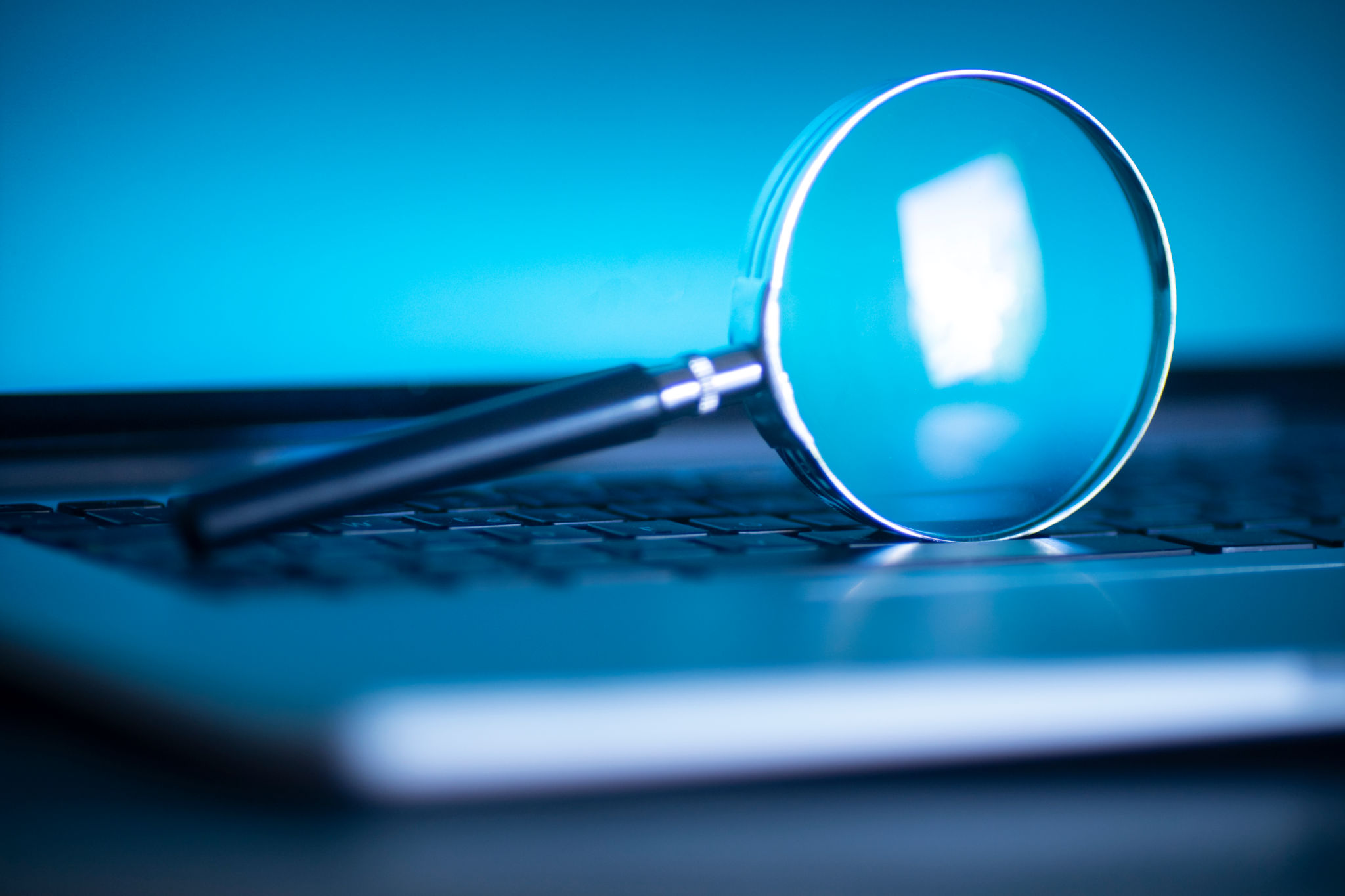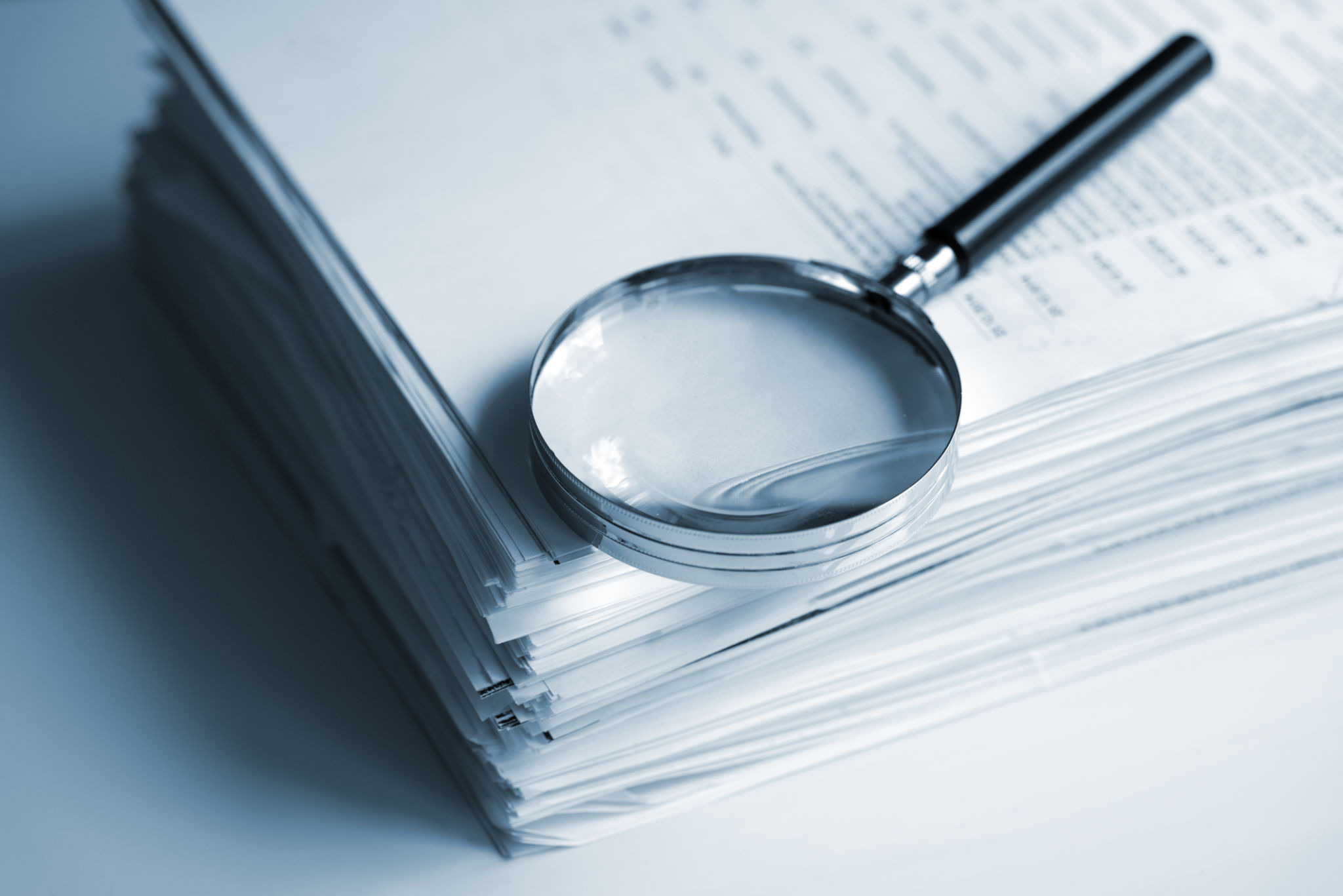Understanding Analytical Instruments: A Comprehensive Guide for Beginners
Introduction to Analytical Instruments
Analytical instruments play a crucial role in various scientific, industrial, and research applications. They are designed to measure, analyze, and interpret the physical and chemical properties of substances. For beginners stepping into the realm of analytical instruments, understanding their functionalities, types, and applications is essential.

What Are Analytical Instruments?
Analytical instruments are tools used to determine the composition and concentration of matter. These instruments analyze samples to provide data that helps in decision-making processes in laboratories, research facilities, and industrial applications. The data obtained can be qualitative or quantitative, depending on the nature of the analysis required.
Types of Analytical Instruments
The world of analytical instruments is diverse, encompassing a wide array of devices tailored for specific functions. Some common types include:
- Spectrometers: Used for measuring the interaction of light with matter.
- Chromatographs: Employed for separating and analyzing complex mixtures.
- Microscopes: Essential for magnifying small objects to study detailed structures.
- Titrators: Used for chemical analysis based on titration methods.
Applications of Analytical Instruments
Analytical instruments have a broad range of applications across various fields. In pharmaceuticals, they ensure the safety and efficacy of drugs. In environmental science, they monitor pollution levels and assess ecological impacts. Additionally, industries such as food and beverage, petrochemical, and materials science heavily rely on these instruments for quality control and research.

Importance in Research and Development
In research and development (R&D), analytical instruments are indispensable. They provide accurate data that aid in hypothesis testing and innovation. Researchers use these tools to explore unknown compounds, develop new materials, and improve existing products. The precision offered by analytical instruments is vital for advancing scientific knowledge.
Choosing the Right Analytical Instrument
Selecting the appropriate analytical instrument depends on several factors, including the type of analysis required, the sample size, and the desired level of precision. Budget considerations also play a significant role in decision-making. It’s important to align the instrument’s capabilities with the specific needs of your application to ensure optimal results.

Maintenance and Calibration
Regular maintenance and calibration are crucial for the effective functioning of analytical instruments. Proper maintenance ensures longevity and accuracy, while regular calibration guarantees that measurements remain precise over time. Establishing a routine maintenance schedule is essential to minimize errors and extend the lifespan of these valuable tools.
Conclusion
Understanding analytical instruments is fundamental for anyone involved in scientific research or industrial processes. These devices not only enhance our ability to analyze materials but also drive innovation across numerous fields. By choosing the right instrument and maintaining it properly, users can harness their full potential to achieve accurate and reliable results.
